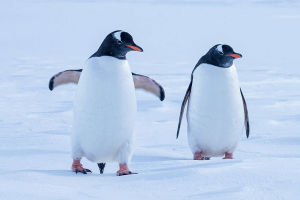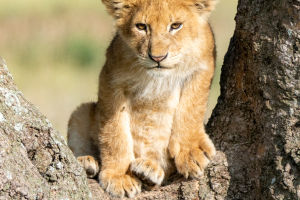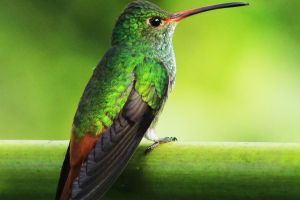Birds, those marvels of the sky, have long captured the imagination of humans with their diverse colors, melodious songs, and intriguing behaviors.
Yet, beneath their feathers lies a complex world of communication that scientists are only just beginning to unravel.
Do birds possess language akin to our own? Let's embark on a journey to explore the fascinating realm of avian communication.
At first glance, the idea of birds having language might seem far-fetched. After all, their vocalizations may appear as simple calls or songs to our ears. However, closer observation reveals a rich tapestry of signals that serve various functions within avian societies.
One of the most well-known forms of avian communication is song. From the haunting melodies of the nightingale to the intricate tunes of the mockingbird, bird songs serve multiple purposes. They can attract mates, defend territory, or establish social hierarchies. What's more, some bird species, such as the superb lyrebird of Australia, are accomplished mimics, capable of imitating a plethora of sounds from their environment, including other bird species, animals, and even human-made noises.
But communication among birds extends beyond song. Visual displays, such as elaborate courtship dances or colorful plumage, play a crucial role in signaling reproductive fitness and attracting potential mates. Likewise, body language, such as puffing up feathers in aggression or crouching in submission, conveys a wealth of information within bird communities.
Yet perhaps the most intriguing aspect of avian communication lies in the realm of non-vocal signals. Some birds, like the African honeyguide, engage in cooperative behavior with other species, guiding them to beehives and sharing the spoils. This collaboration relies on a series of intricate movements and calls between the honeyguide and its human or animal partner, suggesting a form of interspecies communication.
Moreover, recent research has shed light on the cognitive abilities of birds, challenging conventional notions of animal intelligence. Studies on corvids, such as crows and ravens, have revealed remarkable problem-solving skills, tool use, and even the ability to plan for the future. These findings suggest that birds possess sophisticated mental capacities that underpin their communicative behaviors.
But does all this amount to language? The answer is complex. While birds may lack the syntactical complexity of human language, they exhibit many of its fundamental features, such as productivity (the ability to generate novel combinations of signals), displacement (communicating about objects or events removed in time or space), and referentiality (associating signals with specific meanings).
For instance, the iconic "dance" of the honeybee, which communicates the location of food sources through intricate movements, bears striking similarities to the waggle dance of certain bee species. Both convey spatial information and involve symbolic representations of distance and direction.
Similarly, the alarm calls of some bird species demonstrate a degree of referentiality, with distinct calls signaling different types of threats, such as aerial predators or ground-based predators. These calls not only alert nearby individuals to the presence of danger but also convey specific information about the nature and location of the threat.
In light of these findings, some scientists argue that birds possess a form of proto-language—a rudimentary system of communication that shares key features with human language but lacks its full complexity. Others contend that the term "language" may not be applicable outside the human context and advocate for a broader understanding of animal communication as diverse adaptations shaped by evolutionary pressures.
Regardless of the terminology, one thing is clear: birds are far more than mere feathered songsters. Their communication systems are intricate, adaptive, and deeply embedded in the fabric of their social lives. By unraveling the mysteries of avian communication, we gain not only a deeper appreciation for the complexity of the natural world but also valuable insights into the origins and evolution of language itself.
While birds may not engage in conversations or compose epic poems like humans, their communication abilities are undeniably sophisticated. From melodious songs to elaborate dances and symbolic signals, birds employ a diverse array of techniques to convey information and interact with their environment. As we continue to study and marvel at the wonders of avian communication, we come one step closer to understanding the rich tapestry of life on Earth.


